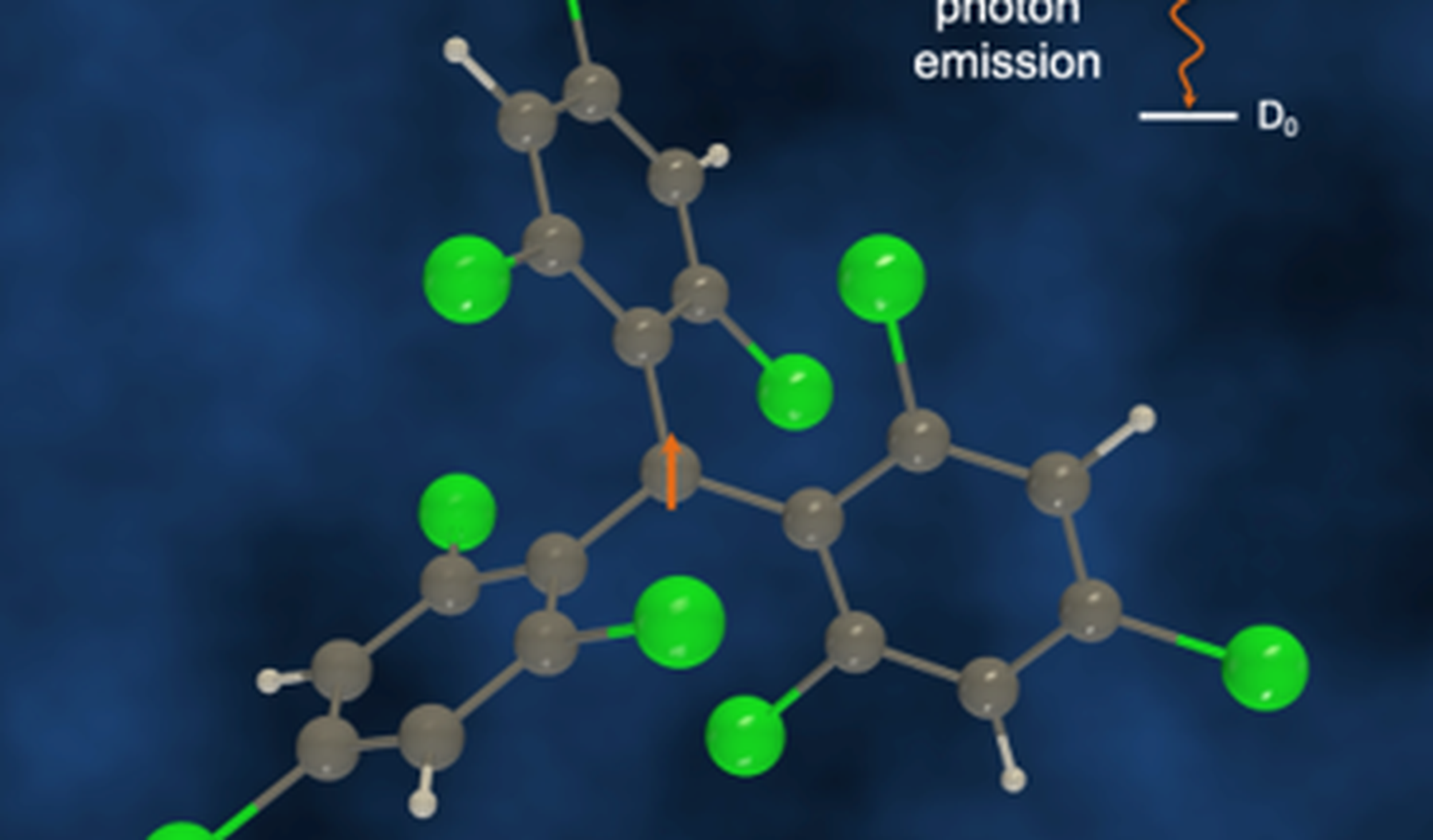Design of bright unpaired electrons for optoelectronics

Chemistry Internship
Type of Project: Theory
Location: Donostia
Supervisor:
David Casanova
Claire Tonnelé
Molecular Electronic Structure Group (webpage)
Neutral organic radical emitters are currently considered as a promising new route for efficient OLEDs. Using conventional closed-shell materials, electroluminescence efficiency of OLEDs is limited to 25%, as spin statistics dictates that charge recombination leads to 25% singlets and 75% triplets, the latter being intrinsically dark. The use of radical emitters with spin-allowed doublet emission is a conceptually superior solution to elegantly circumvent the spin statistics limited efficiency issue. So far, most of the systems investigated rely on a donor- acceptor structure, but the rational design of such neutral radical emitters is still in its infancy, constituting an exciting playground for computational chemistry. Beyond their interest for OLEDs, these systems are also envisioned for application in other optoelectronics devices in the field of storage or chemical sensing.
The present project aims to explore the necessary conditions for strong emission of molecular radicals. This is in essence a computational research project that will rely on the application of quantum chemistry electronic structure methods to characterize electronic excited states and their photophysical properties.
The candidate should have a basic knowledge on quantum mechanics (assumed in chemistry and physics BSc. students), and preferably have experience in the computation of the electronic structure of molecular or extended systems.
